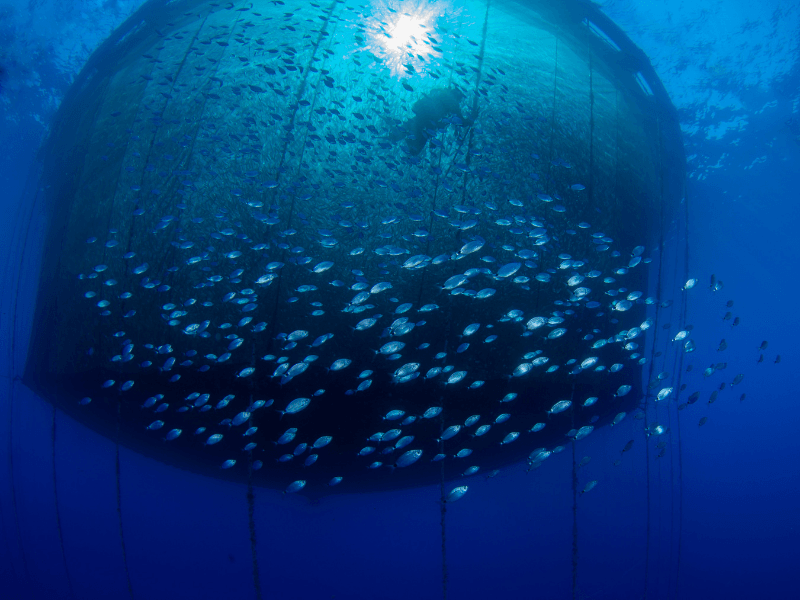The Future of Fish Welfare Assessment: From Obligation to Opportunity

The Growing Imperative for Better Welfare Monitoring
Aquaculture continues its rapid global expansion, but alongside this growth comes increasing pressure from consumers, retailers, and regulators for transparent, science-based welfare standards. For producers, fish welfare isn't just a box to tick; it's core to efficient, resilient production. Poor welfare leads to costly operations by causing stress, weakened immune systems, reduced growth, and increased disease susceptibility. Beyond production benefits, robust welfare monitoring strengthens market access, with important certifications and customers requiring welfare assessments.
The Current Assessment Challenge
Today’s welfare monitoring systems only go so far.
- Certification schemes often set broad, vague welfare standards, leaving producers to interpret the requirements and build their own frameworks. This creates an administrative burden with little industry consistency.
- Many existing frameworks over-rely on ‘input measures’ like water quality or stocking density. While these measures are important and influence welfare, they are indirect indicators. Without also assessing ‘outcome measures’ such as skin damage, producers miss a key component of welfare.
- Species diversity in aquaculture only adds to these challenges; fish species are far more taxonomically diverse than terrestrial livestock, each with its own unique welfare needs.
Still, imperfect assessment is better than none. Starting with available tools and improving over time is more practical than waiting for perfect frameworks.
What Stronger Welfare Assessment Looks Like
Comprehensive welfare assessment should balance four elements:
- Completeness: capturing both input measures and outcome measures, covering physical health and psychological wellbeing.
- Validity: ensuring indicators actually measure welfare rather than just physical health or productivity.
- Feasibility: developing practical tools for on-farm implementation, using cost-effective and minimally invasive indicators.
- Appropriate thresholds: setting thresholds through multi-stakeholder input, including positive welfare states, not just absence of negative states.
The Technology Opportunity

Emerging technologies offer exciting possibilities. Precision fish farming using underwater cameras, sensors, and AI can track individual behavior and identify health issues not visible from the surface. These systems monitor feeding patterns, swimming behavior, and aggression continuously rather than through periodic manual checks which might miss key trends.
Equally important is dedicated welfare monitoring software. Purpose-built analytics help producers understand relationships between environmental conditions, management practices, and welfare outcomes, enabling data-driven decisions. The key is collecting consistent data across time periods, building knowledge that improves decision-making and demonstrates continuous improvement.
Looking Forward
The aquaculture industry stands at a critical juncture. Consumer awareness, regulatory requirements, and market demands for transparent welfare standards will only increase. Forward-thinking producers investing in robust welfare assessment today will be better positioned for tomorrow's realities.
If you have questions about implementing welfare monitoring or are interested in comprehensive welfare assessment solutions, contact info@lighthouseaqua.com.
This article draws insights from Browning, H. (2023). "Improving welfare assessment in aquaculture." Frontiers in Veterinary Science, 10:1060720.